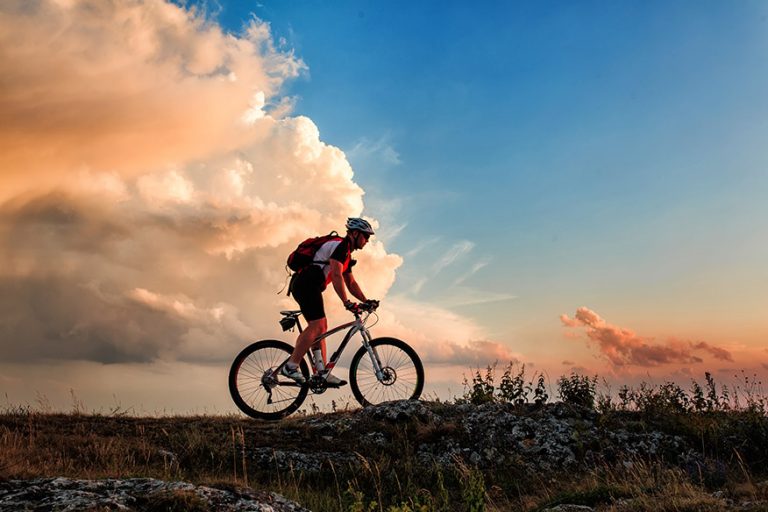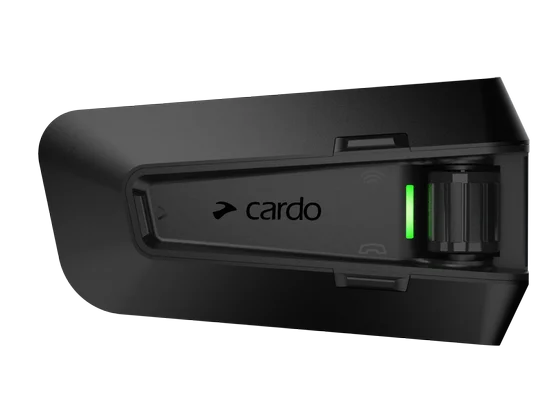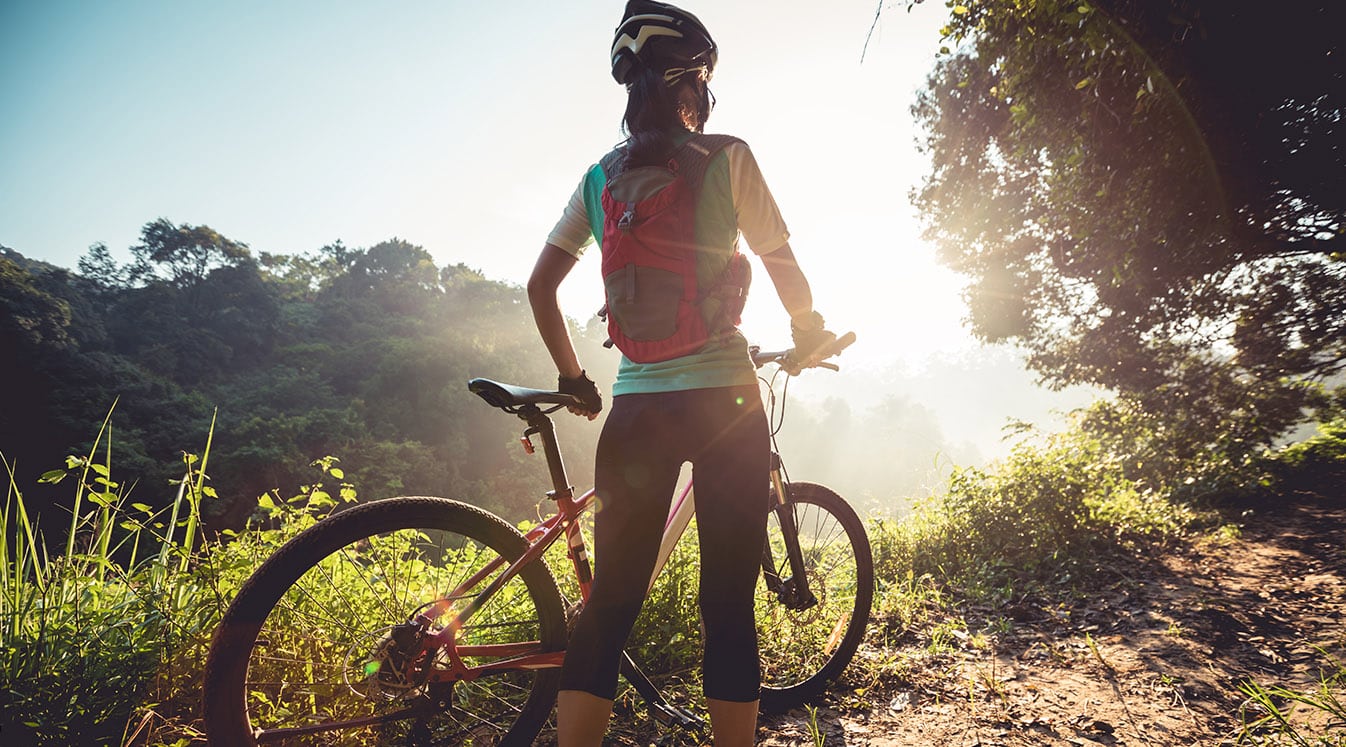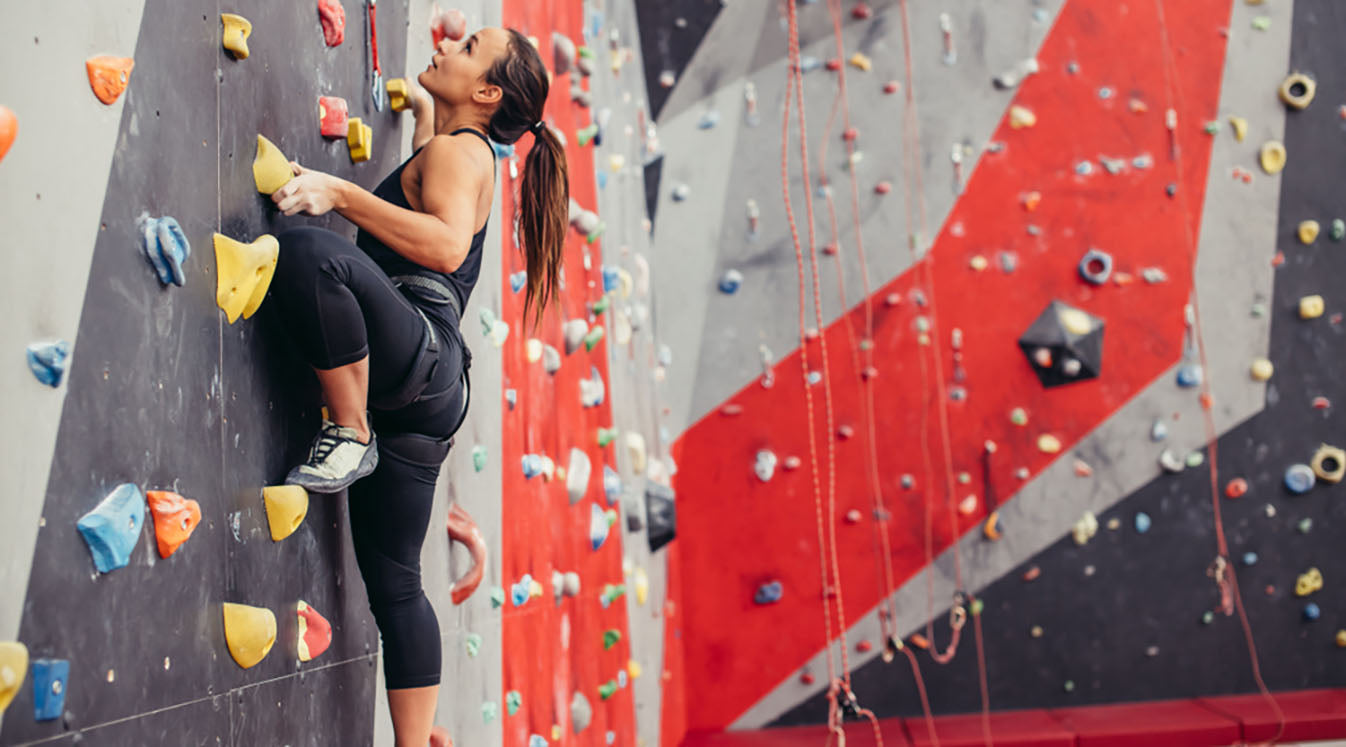Around 40 million people enjoy mountain biking every year. It’s a great way to get outside and connect to nature in new ways. You don’t need a license or bike permit, making it fun for all ages. But riding in the mountains or on rugged trails isn’t the same as pedaling over paved roads. The good news is that there aren’t any cars around, but you’ll need to prepare for new terrain to reduce your risk of injury along the way. So, what do you need to get started? Stock up on these mountain bike gear essentials to enjoy a scenic adventure you’ll never forget:
Mountain Bike
It all starts with the bike itself. Don’t use a road bicycle or single-speed when climbing steep hills. They have thin tires that will get stuck in the mud. You also need to be able to shift gears depending on the incline. There are many mountain bike types to choose from, but trail bikes tend to be the best for beginners. They are built for dirt roads and hills and usually cost less than mountain bikes, improving the accessibility for those new to the sport. If you plan on taking on seriously tough terrain, use an all-mountain or fat tire bike for extra traction when driving over snow, sand and unstable rocks.
Helmet
You should always wear a mountain bike helmet when trail riding. It doesn’t matter where you’re riding — you need to protect your head by wearing a half-face or full-face helmet. Use a visor or goggles to protect your eyes from dirt and debris. Ensure the helmet fits securely on your head without making it uncomfortable to ride.
Helmet Communication
You will also need a way to communicate with your companions when traveling in a group. Don’t expect to carry on a conversation side by side while cruising down a narrow path. Use a bike helmet with Bluetooth and Mesh communication by pairing it with a wireless headset. The device automatically connects to the other riders in your group so you can carry on a conversation hands-free.
You can use the Cardo Packtalk Outdoor to connect to up to 15 other riders at a time. When you fall out of range, you don’t have to manually reset the connection. Just keep pedaling, and the device will automatically reconnect so you can continue where you left off.
Use the Cardo Packtalk Outdoor to Keep in Touch on the TrailBike Apparel
Selecting the right bike apparel is important when gearing up for a mountain bike ride. For women, moisture-wicking MTB shorts that fit snugly without restricting circulation are excellent choices, ensuring they stay in place even during active rides. You can also purchase mountain bike shorts with specific features, such as bibs or liner shorts, underneath for added security and coverage and to prevent chafing.
You might also consider mountain bike jerseys designed for optimal airflow and moisture management. Look for stylish short-sleeved jerseys in bright colors like orange for warm-weather riding and long-sleeve jerseys during the cooler season.
Accessories are important, too. Mountain bike gloves are necessary for a good grip and protection, while hoodies can provide an extra layer of warmth on cool mornings before and after your ride. And always include a waterproof jacket in your pack for unpredictable weather.

Source: Oleksiy Rezin/Shutterstock.com
Mountain Bike Shoes
Mountain bike shoes are key for any MTB enthusiast looking to improve their ride. These shoes are designed to improve the connection between the rider and the bike, which is essential for effective power transfer to the drivetrain. There are mainly two types of mountain bike shoes: those made for flat pedals and those suited for clipless pedals.
Shoes for flat pedals have a stiff sole and a tacky rubber outsole that grips the pedal surface securely, reducing foot slippage during intense rides. This design allows for quick foot adjustments, which is handy in technical terrain where precision is key.
Mountain bike shoes designed for clipless pedals feature cleats that lock the rider's feet into the pedals. This setup maximizes efficiency in power transfer, ensuring that every pedal stroke contributes directly to your speed and control, especially when climbing or accelerating.
Protective Pads
The terrain can be unpredictable when mountain biking — from rocky paths to fallen branches. To tackle these challenges safely, consider adding protective pads to your gear.
Knee pads absorb the shock during falls and protect your knees from sharp objects. Elbow pads shield your elbows, which are particularly vulnerable during side falls or when brushing against rough surfaces. Shin guards are also valuable. They protect against cuts and bruises from pedal strikes or debris kicked up by the wheels. Using these pads can reduce the risk of injury, allowing you to focus on enjoying the trail and improving your riding skills.
LED Headlamp or Bike Lights
Heading out for a mountain bike ride at dawn or dusk? Don’t forget to equip your bike with a strong LED headlamp or mounted bike lights. These are essential tools for any rider venturing out in low-light conditions.
LED headlamps attached to your helmet illuminate the path directly in front of you based on where you look, providing a beam that adjusts with your movements. Mounted bike lights attach to the handlebars and consistently light up the trail ahead, regardless of the direction you're looking.
These lights serve a dual purpose: they improve your ability to see obstacles, sudden turns or changes in terrain and make you much more visible to other riders, hikers or vehicles on access roads. Ensuring visibility is vital for your safety and the safety of others sharing the trail.
Navigation
You can mount your GPS or cell phone to the handlebars on your bike to navigate the trail. But you might lose a signal in remote areas. Bring along a paper map and compass just in case you get lost.
First Aid
Have a first aid kit nearby in case of cuts and bruises. Keep some sunscreen and insect repellent in there as well to keep the elements at bay.
Hydration System
Staying hydrated is essential for mountain bikers, especially during long rides. There are two main options for conveniently carrying water: hydration packs and water bottle cages. A hydration pack, worn like a backpack, includes a water reservoir or bladder with a hose that allows you to drink on the go without stopping. This setup is great for easy, continuous access to water.
Water bottle cages are attached to the bike frame. They hold water bottles in place, making them accessible but requiring you to reach down while riding to take a drink. Both systems help mountain bikers stay hydrated efficiently and conveniently, allowing them to focus on the trail ahead.
Pack
Everything will need to fit in a backpack that’s light and comfortable to wear. Make sure it is waterproof to keep moisture and mud at bay. You can also add a storage rack to your bike to make room for more gear.

Source: 24K-Production/Shutterstock.com
Gear Up and Get Ready for an MTB Adventure
Use this gear guide before you go out on your next ride. The trail is likely unpredictable, so ensure you have everything you need to enjoy the trip safely!
Stay Safe on the Trail with a Bluetooth Bike Helmet




